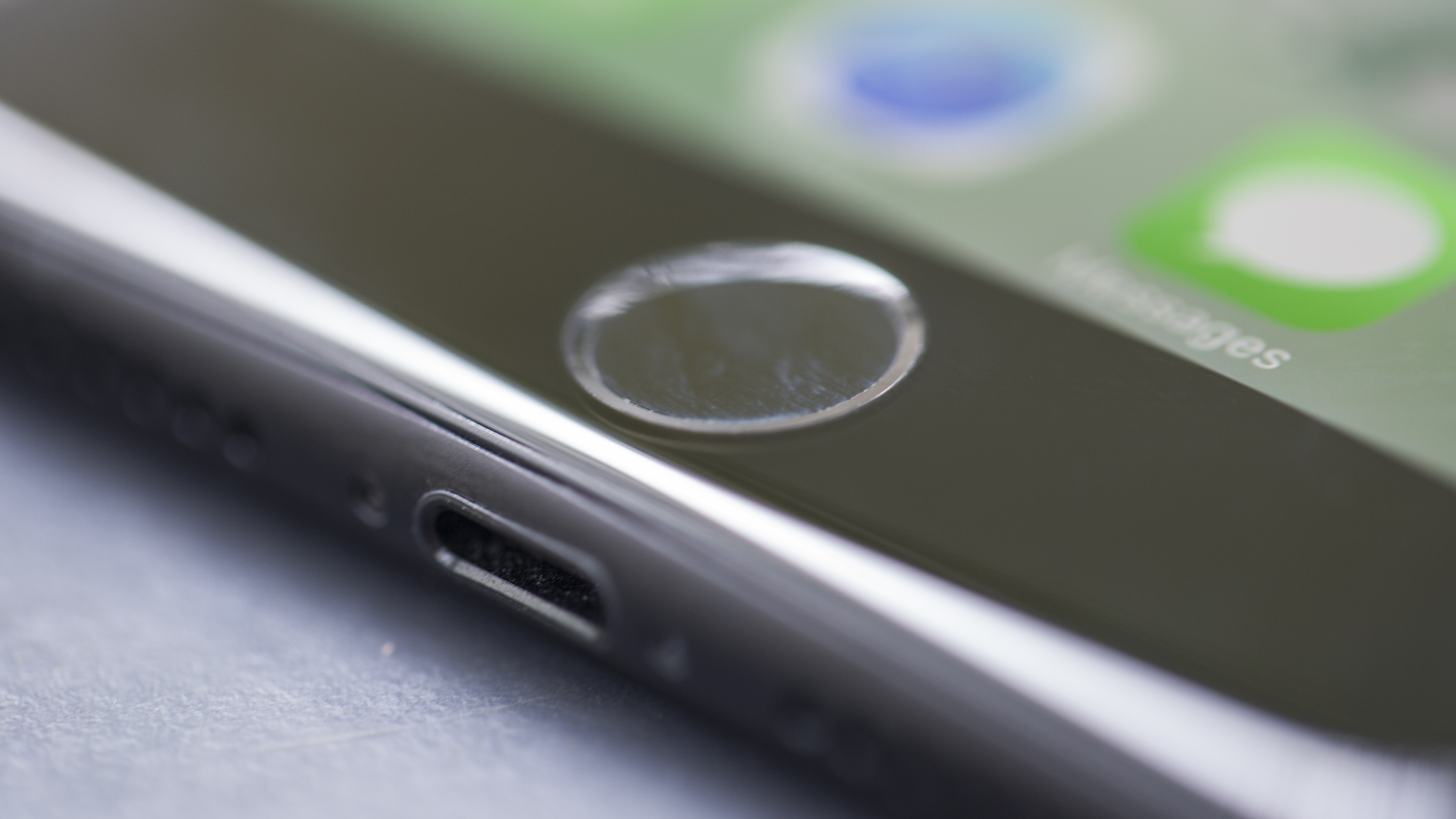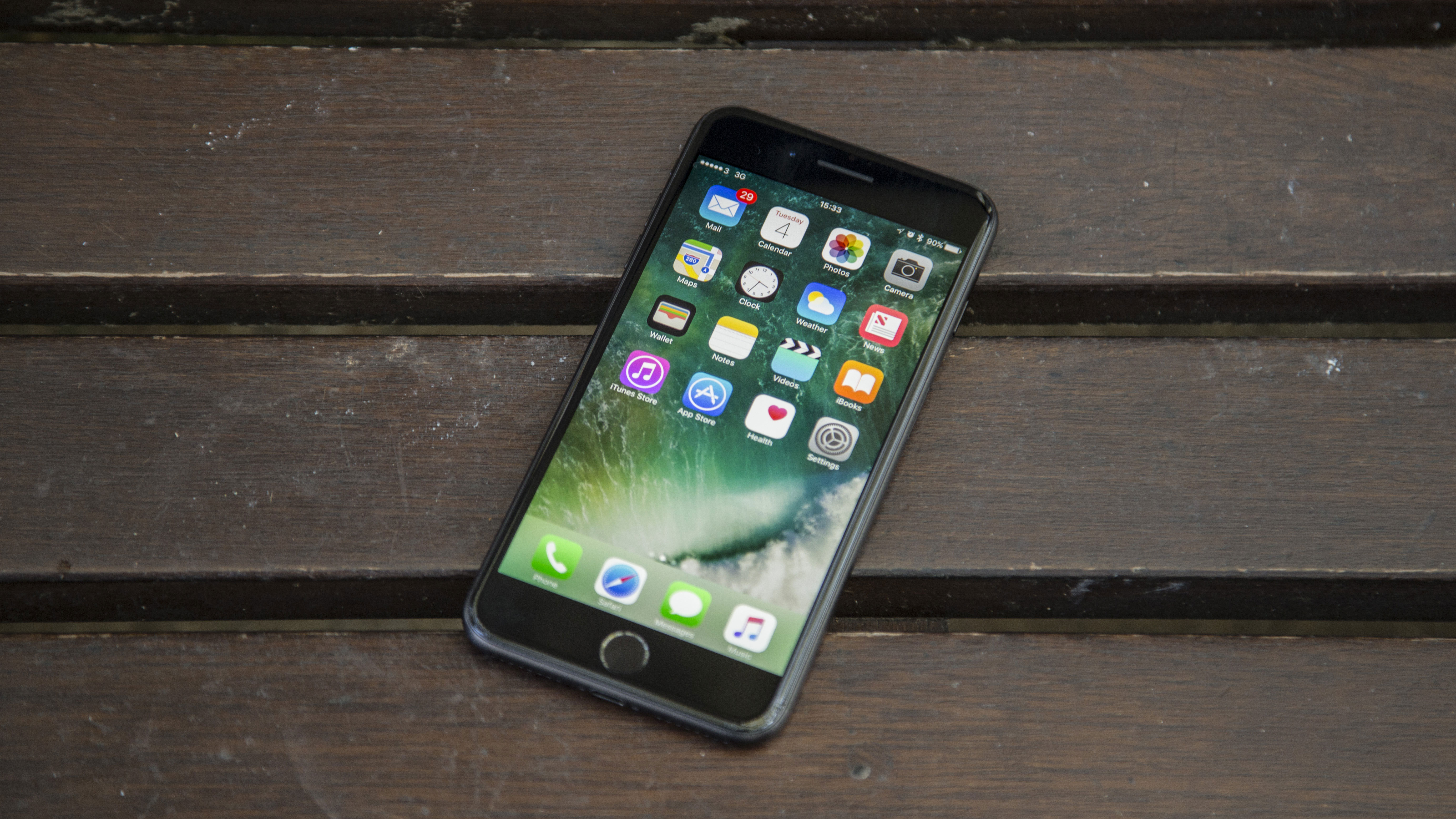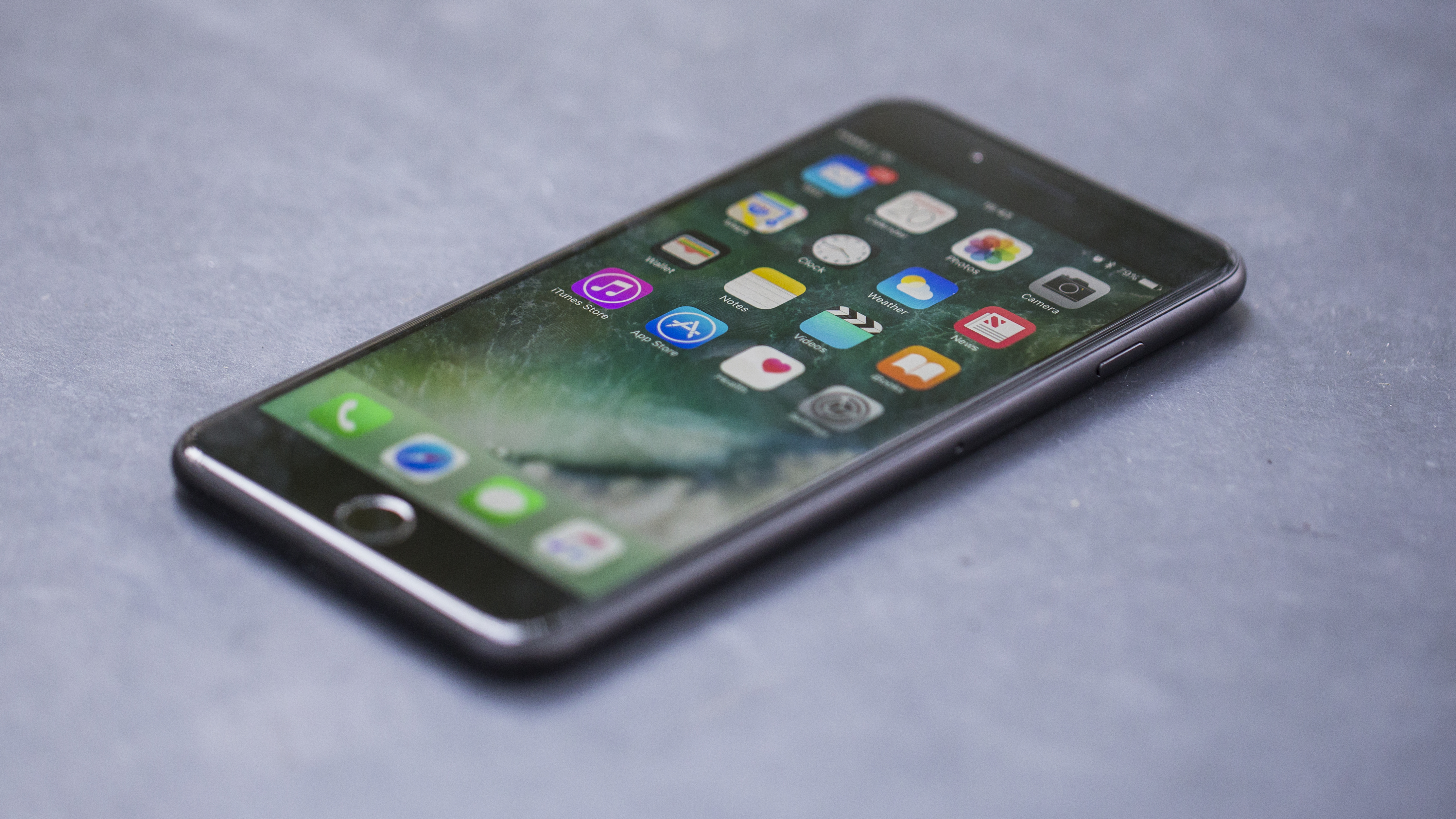Why you can trust TechRadar
All-new home button
- No longer a physical button - and feels strange
- Force Touch tech leaves more room inside the phone
"Yeah it's a button, so what?" a friend said to us when we asked them to push our button. Then we turned the iPhone 7 Plus off, and asked them to push it again. Cue confusion, amazement and a slight jaw drop.
Sometimes it's the simple things that impress, and the new home button on the iPhone 7 Plus (and iPhone 7) is somewhat of a hidden party piece.
Is it more useful than a traditional button day to day? Not really. Has it taken iPhone functionality to a whole new level? Er, no.
Is that an issue? Absolutely not.
Apple has integrated the Force Touch technology that we've already seen on the trackpad of the new MacBook into the iconic home button – which is no longer a physical button, but rather a touch-sensitive pad.

Our friends were fooled by it thanks to Apple's Taptic Engine, which produces vibrations around the pad that mimic the action of pressing a button.
At first it felt a little odd, as we knew there wasn't a physical button there, which meant we struggled to apply the required amount of pressure needed to perform the 'home' action.
It's just those cheeky little vibrations
That's because we were treating it like the home button on an Android device, which just requires a light tap to operate it. Do the same on the iPhone 7 Plus and you won't get a response – you need to press your finger on the pad as you would on a button for it to trigger.
Approach the home key without knowing it's not a regular button, though, and the transition to the force touch pad is relatively seamless.
The sensation is still a strange one though – it feels like you're almost bending the glass on the front of the display, but you're not. It's just those cheeky little vibrations.
We got used to the new setup after just a few hours though, and it probably is just a hair quicker than the traditional button on previous iPhones.
Same display, only slightly different
- Still 5.5 inches with full HD resolution
- There are more colors, so things look even better
Take a quick glance at the iPhone 7 Plus spec sheet and you'd be forgiven for thinking nothing has changed in the screen department over the iPhone 6S Plus and 6 Plus.
The display is still 5.5 inches and has the same 1080 x 1920 resolution, which produces an all-too-familiar 401ppi pixel density.
With rivals including Samsung, LG, HTC and Sony equipping their flagship smartphones with QHD resolutions, it's hard not to feel a little left behind when picking up the new iPhone 7 Plus – especially when you consider its lofty price tag.

That's not to say the screen is bad. Text and images are still crisp and clear, and brightness is just as excellent as it has been on previous handsets – apparently it's 25% brighter here, although it's not particularly noticeable.
Apple has tinkered with the tech too, adding a cinema-standard wide color gamut into the mix for richer, more realistic visuals on screen, which helps when it comes to using the expansive screen as a viewfinder for the dual-camera lenses on the back of the 7 Plus.
Put the 7 Plus side-by-side with the 6S Plus, and if you look really closely you can see the colors are a little richer on the new iPhone – but there isn't much in it.
Current page: Home button and display
Prev Page Introduction and design Next Page What's it like to use?
TechRadar's former Global Managing Editor, John has been a technology journalist for more than a decade, and over the years has built up a vast knowledge of the tech industry. He’s interviewed CEOs from some of the world’s biggest tech firms, visited their HQs, and appeared on live TV and radio, including Sky News, BBC News, BBC World News, Al Jazeera, LBC, and BBC Radio 4.
